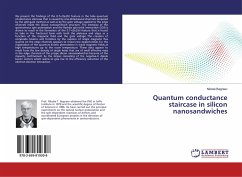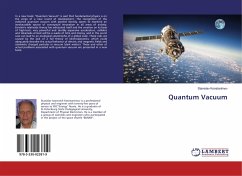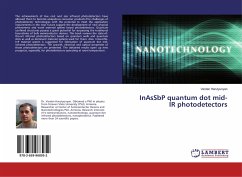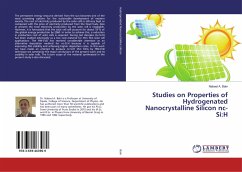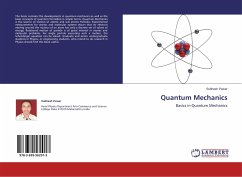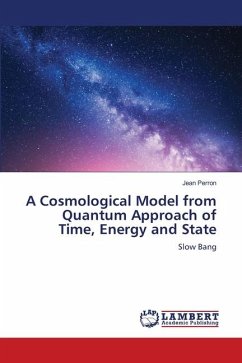We present the findings of the 0.7 (2e2/h) feature in the hole quantum conductance staircase that is caused by one-dimensional channels prepared by the split-gate method as well as by the gate voltage applied to the edge channels inside the silicon nanosandwich structure. The interplay of the spontaneous spin polarisation and the Rashba spin-orbit interaction (SOI) is shown to result in the formation of the 0.7 (2e2/h) feature that is found to take in the fractional form with both the plateaux and steps as a function of the magnetic field and the gate voltage. The creation of composite bosons and fermions by the capture of single magnetic flux quanta on the edge channels appears to reveal new opportunities for the registration of the quantum kinetic phenomena in weak magnetic fields at high temperatures up to the room temperature. These data appear to result from the low density of single holes that are of small effective mass in the edge channels of the p-type silicon nanosandwiches because of the impurity confinement by the stripes consisting of the negative-U dipole boron centers which seems to give rise to the efficiency reduction of the electron-electron interaction.
Bitte wählen Sie Ihr Anliegen aus.
Rechnungen
Retourenschein anfordern
Bestellstatus
Storno

